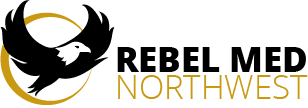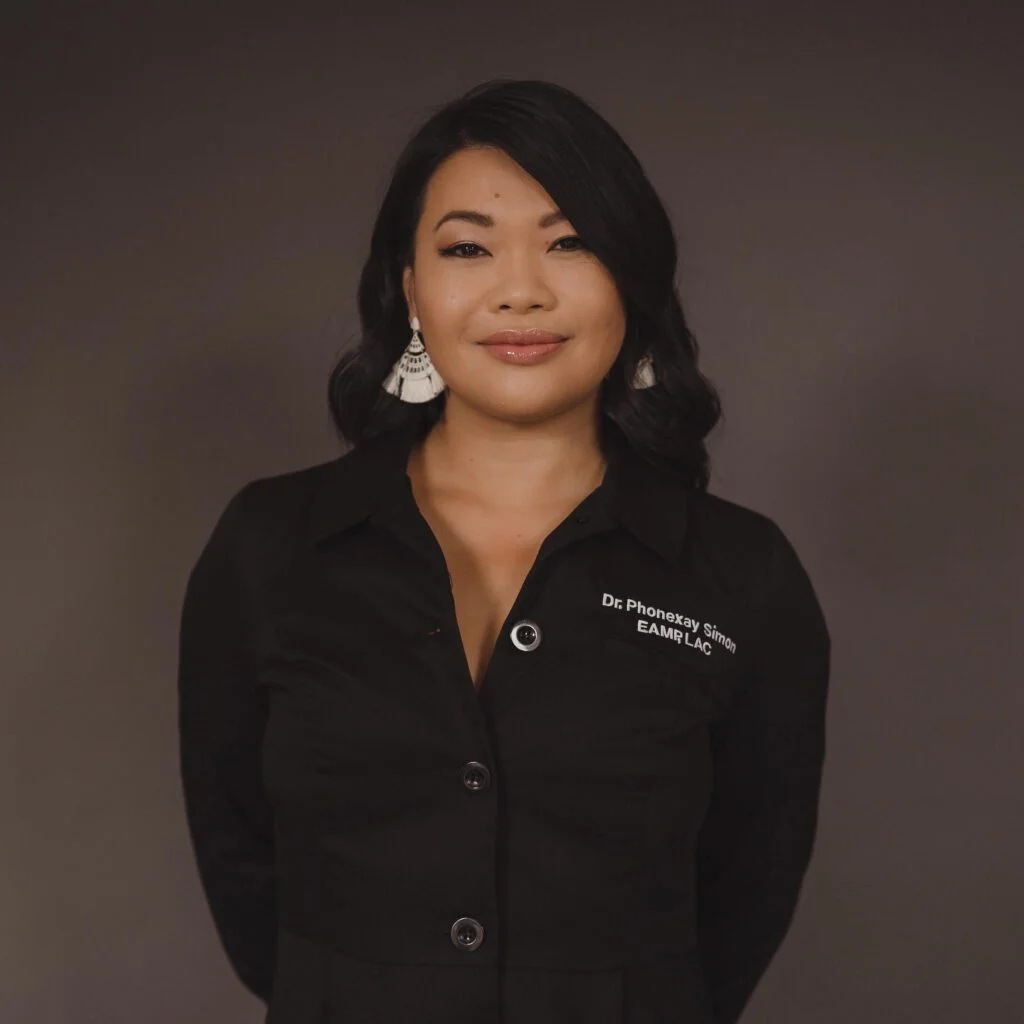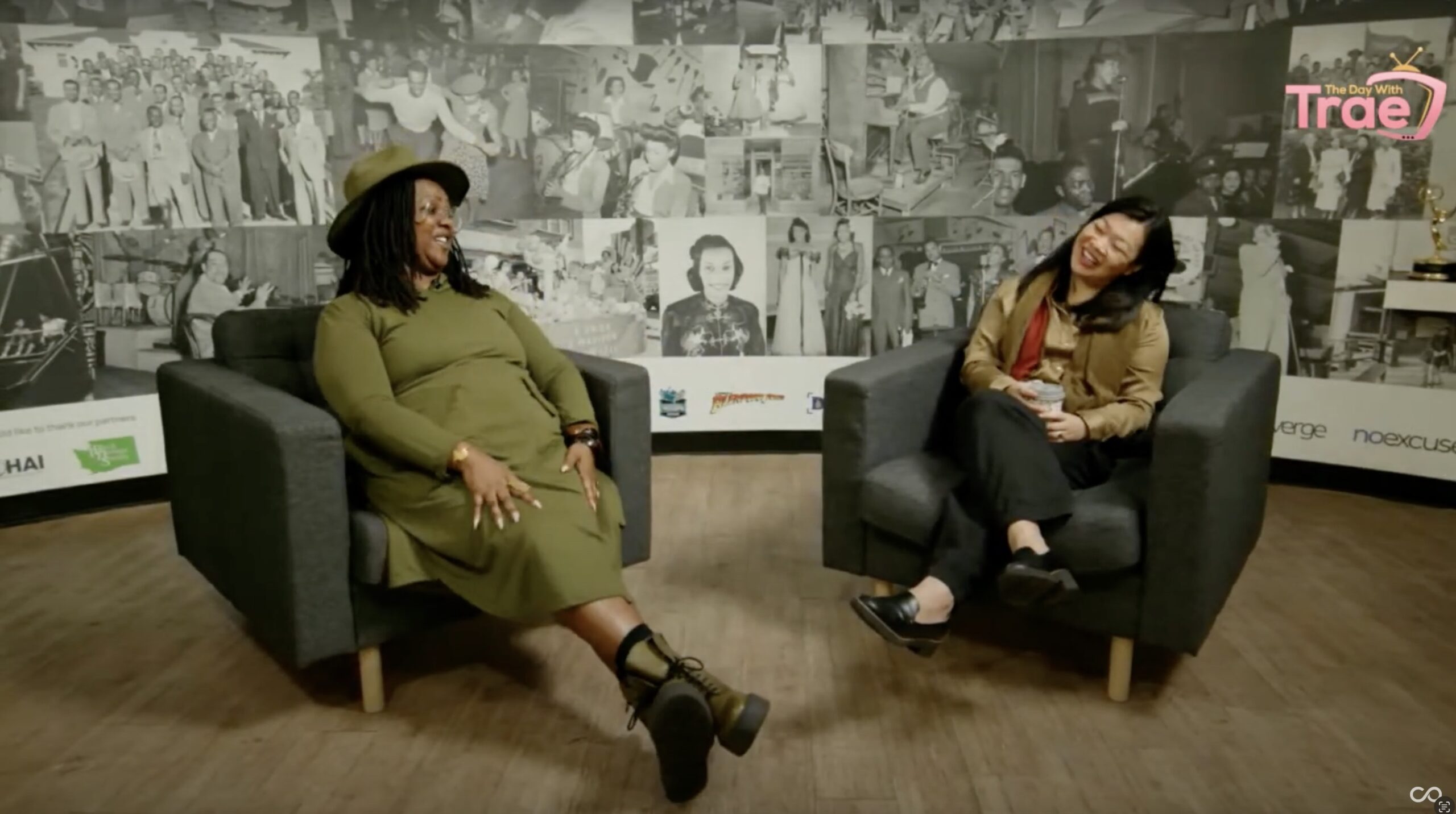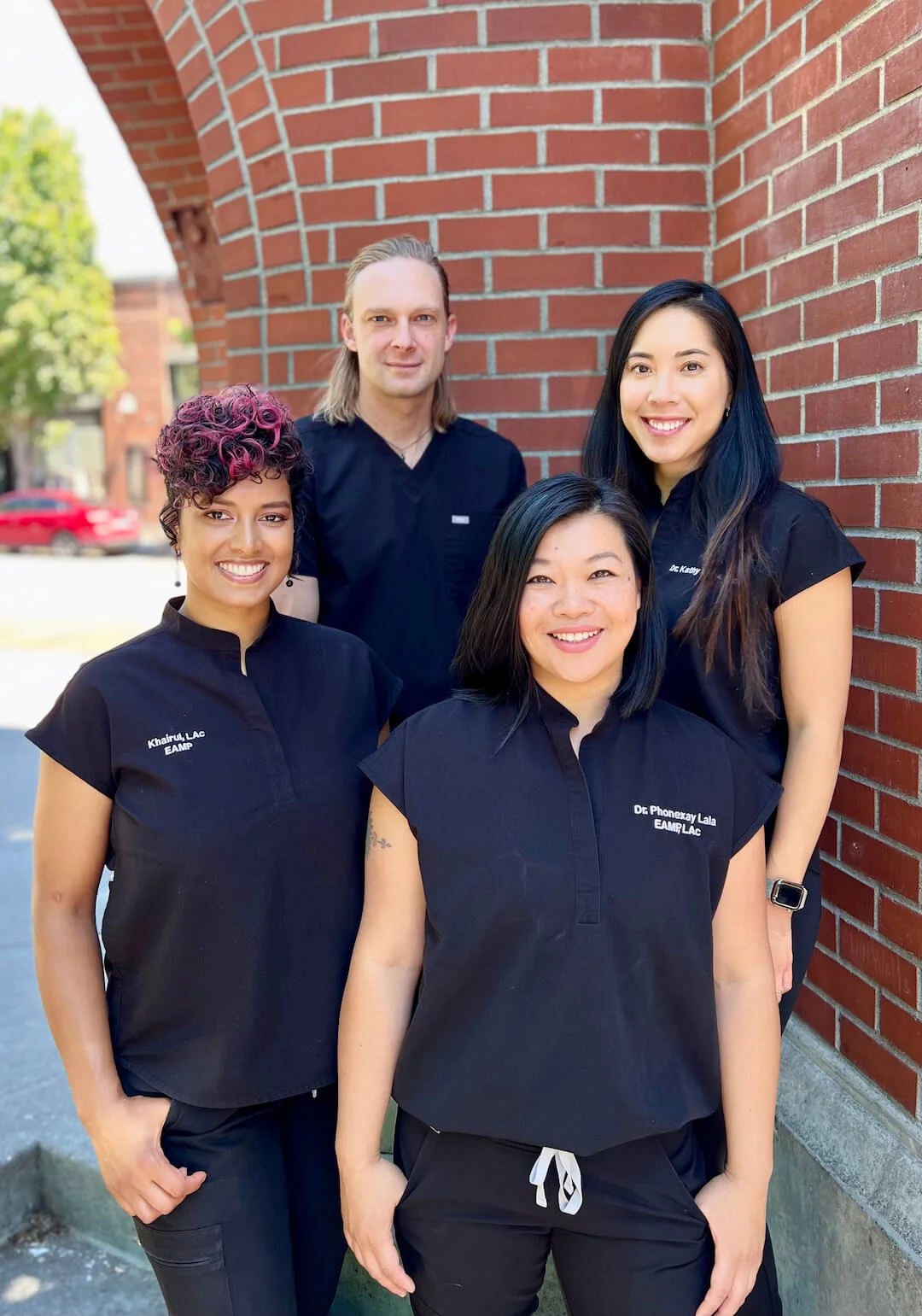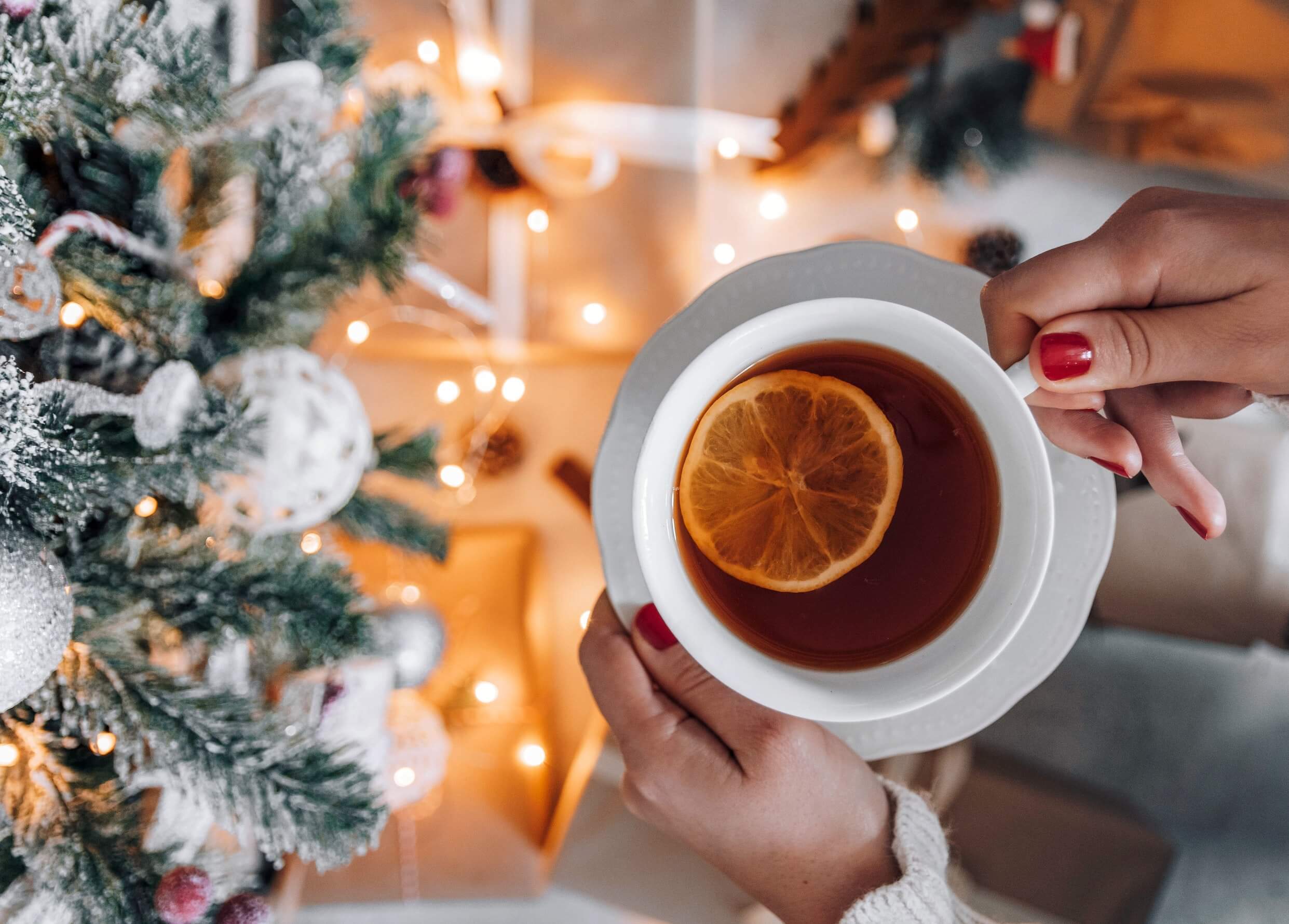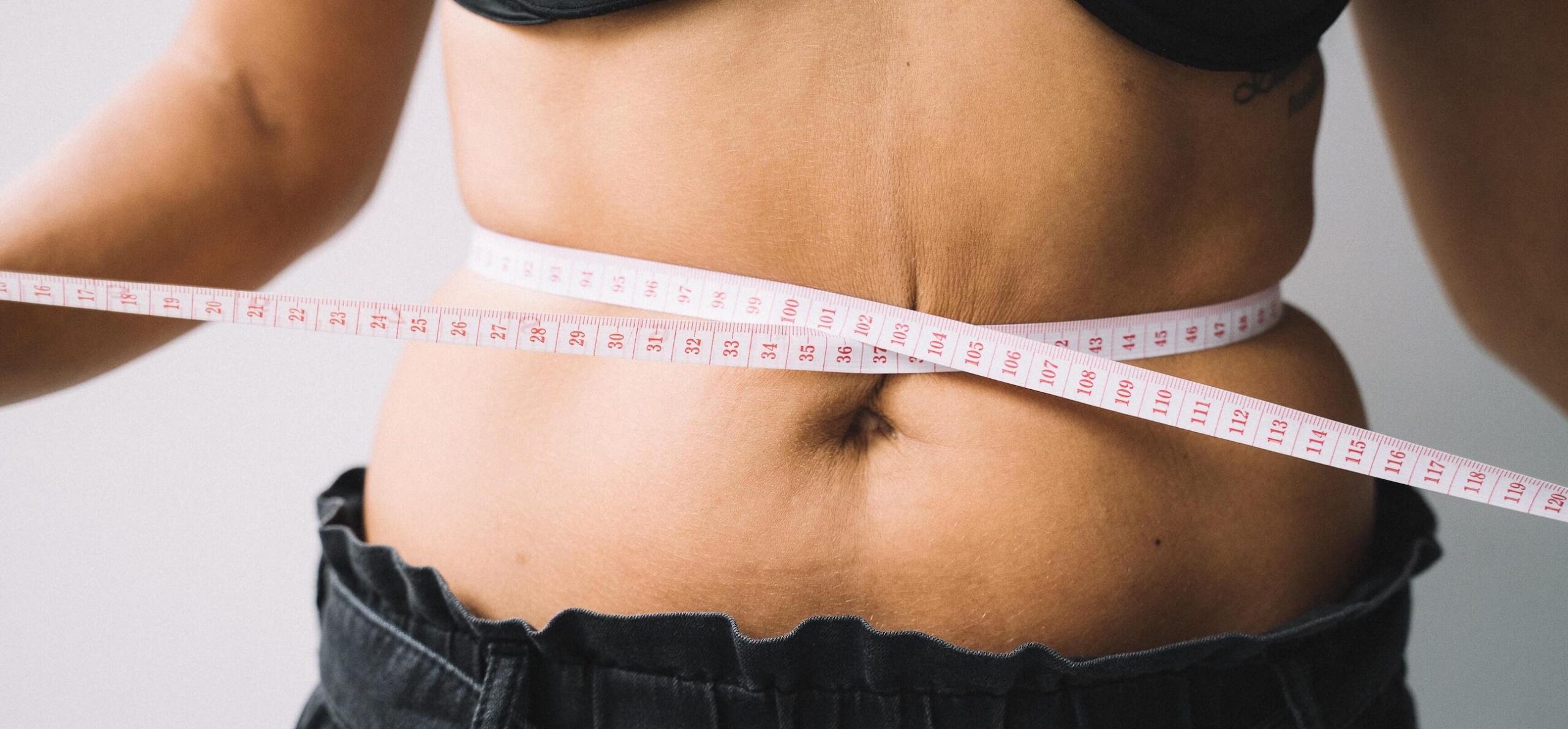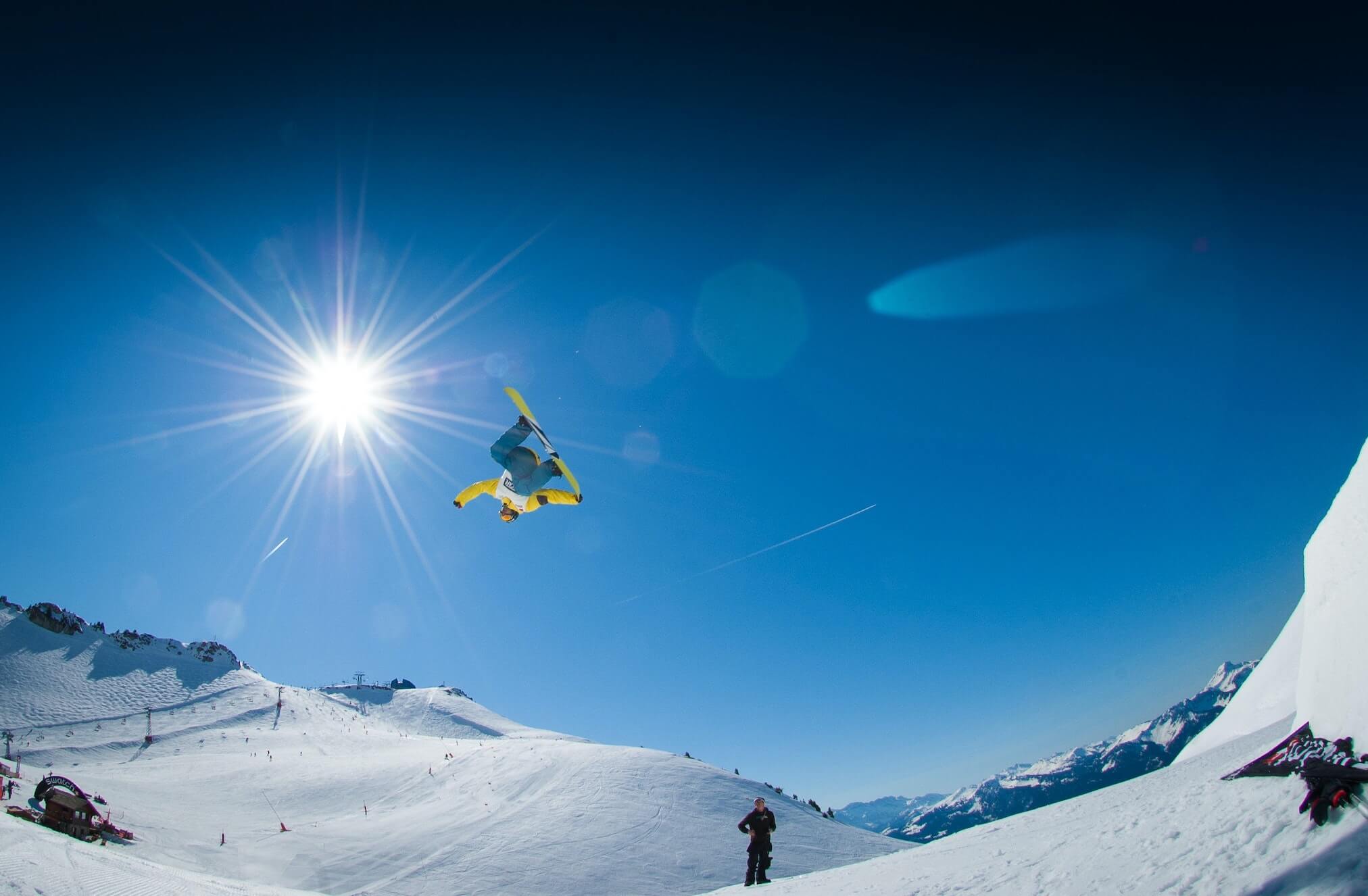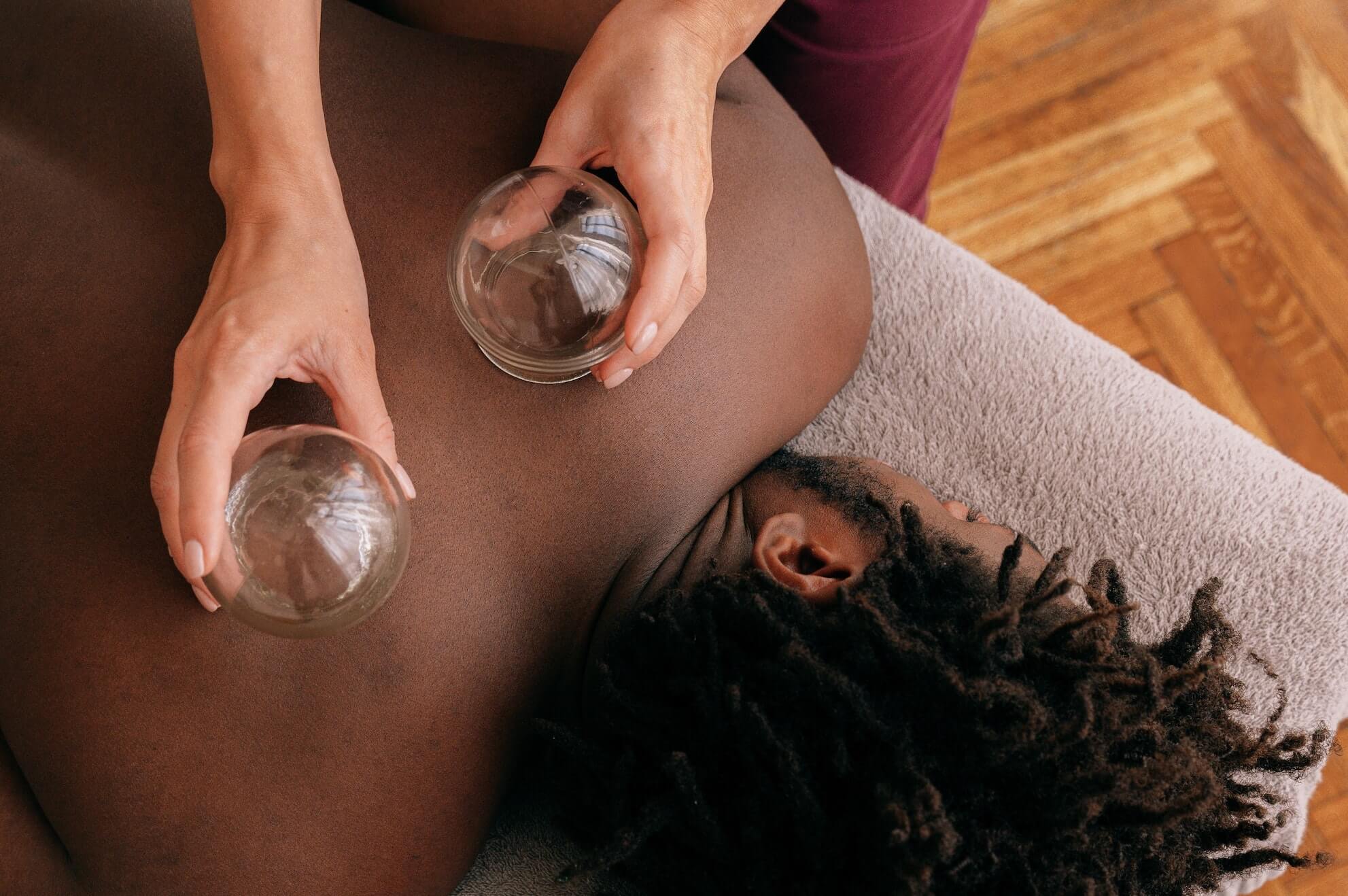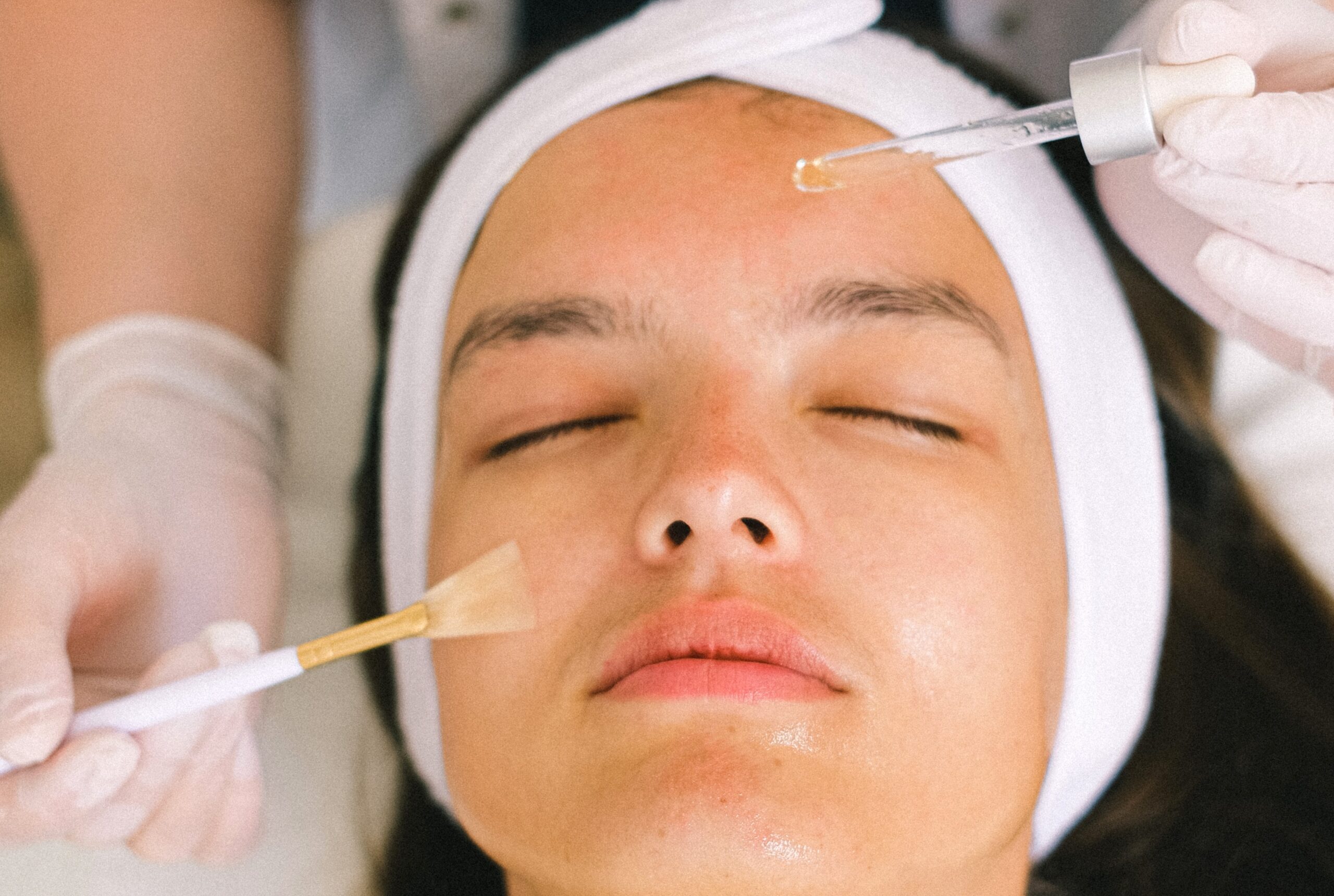What is Energy Medicine & Bodywork?
Holistic East Asian Medicine
Acupuncturists do more than apply needling to “special points”. Acupuncture stems from ancient Asian health practices that became an entire system of medicine using needling, bodywork, breathing, and herbal medicinals. The system of East Asian Medicine is also a living body of holistic practices stemming from the ancient Chinese “Heaven and Earth” philosophy that takes into account the environment within the human being and the environment that the human being is living within. This is the biggest fundamental difference between seeing an “East Asian practitioner” versus other modalities.
East Asian Medicine
Traditional Chinese Medicine
Licensed East Asian Medical Practitioners are trained in acupuncture and Traditional Chinese medicine in Washington State. We provide an approach to care that applies thousands of years of Chinese medicine observation and pattern diagnosis which is the unique art and mastery of acupuncture. In addition to acupuncture, Chinese herbal medicine, Tui Na massage techniques, moxibustion, cupping, and Chinese nutritional therapy are also utilized as necessary to treat many common health conditions in combination with traditional western methods.
Rebel Med NW provides one of the most integrative medical facilities in Seattle, WA. Located in the Ballard neighborhood, we provide an approach to care that integrates traditional western diagnosis, management support, and referrals with local facilities such as Swedish Ballard Medical Center, or the UW Neighborhood Ballard Clinic only a few blocks away.
What East Asian Practitioners Can Do
Acupuncture therapy involves inserting fine needles along specific points on the body to regulate the flow of energy through that body. Regulating energy helps with decreasing pain, promoting circulation, and regulating the nervous system and other regulatory systems of the body. Acupuncture can also be used with electrostimulation when a stronger stimulation is necessary. In doing so, acupuncture is facilitating the natural healing processes that the body is already capable of and continually performing.
Moxibustion therapy is a subcomponent of acupuncture. It involves the application of a burning herb to acupuncture points as a different method of stimulating that point. The herb most commonly used is Ai Ye also known as Mugwort, Mother’s wort, or Artemisia vulgaris.
The heat and essential oil released by burning this herb have been shown to support immune system regulation. Chinese, Korean, and Japanese traditional medicines all look to regular moxibustion therapy for the prevention of illness and disease. It can be an effective supportive treatment for chronic conditions like Chronic Fatigue, Fibromyalgia, Auto-immune diseases, allergies, chronic digestive conditions, and many more.
Chinese Herbal Medicine is also a powerful tool and is the Chinese medicine version of pharmacological medicine. Unlike the western practice of herbal medicine that practices more with singular herbs based on western diagnosis, Chinese herbal medicine is based on Chinese diagnostic patterns. Based on the diagnostic patterns of the individual, ancient Formulas are given to treat the condition. The formulas are comprised of many herbs for a balanced effect because the ancient herbalists, true to their holistic mindset, thought about how to minimize side effects and support organs that have to process the herbs. For this reason, Chinese herbal formulas are uniquely tailored to the individual based on their presenting patterns.
Chinese Tui Na massage is a therapeutic form of massage. It utilizes both gentle and deep tissue techniques depending on the needs of the patient. When used correctly, Tui Na can promote functional movement of joints, break up muscle adhesions, and promote blood and lymph circulation.
Cupping and Gua Sha are tools that were developed to assist Tui Na techniques. Cupping lifts up on the skin and fascia, allowing better blood and lymphatic movement. Cupping has become a popular tool among massage therapists as well.
Gua sha is the strong application of a rubbing or grinding technique utilizing a specific tool. Physical therapists have adopted this technique as their “Graston Technique” utilizing the Graston tool, although the original gua sha tool was the Chinese porcelain spoon. This technique is useful for breaking up muscular adhesions and realigning the fibers. However, acupuncturists also use cupping and gua sha in other ways such as to prevent the onset of a cold.
Chinese medicine also contains a wealth of knowledge in terms of general healthy living. The ancient Chinese people that put the original compendium of Chinese medicine together were obsessed with health and immortality. This led to the idea of the person being in balance within themselves, within their environment, and within the general universe. “Immortality” can be thought of as the ability to maintain your health throughout life as you build your legacy through pursuing your passions. When we are ill, it is difficult to pursue our passions. This could be raising our children, pursuing knowledge, or some other project that lasts beyond us.
The ancient philosophy of health leaned heavily on prevention because it is much easier to stay healthy than to heal from ill-health. Even when recovered or having to live with chronic conditions, it is the daily ritual of proper hygiene in all its forms that allows us to manage our conditions and feel the best we can to pursue the life that we want. Total hygiene includes nutrition and dietary hygiene, sleep hygiene, exercise, and even one’s social life. A person can also determine the best lifestyle for their unique self by understanding their presenting constitutional patterns and the strengths and weaknesses that are innate in that constitution when they are making decisions that affect their health.
Exercise, Qi Gong, and Tai Chi were viewed by the ancients as regular hygiene for Qi and Blood. Exercise, through exertion and breathing, moved both Qi and Blood so that they did not stagnate and become blockages leading to pain.
Qi Gong as a practice is actually the concept of “mining Qi from the Universe” as well as hygienic “meridian scrubbing”. As a more specific and disciplined form of exercise, you focus on the flow of energy through your meridian body and resolve blockages as you go. You also collect the Qi from the universe through the “Gathering Breath”, condense it down and reserve it into your Dantian. This is how you restore your own Qi that has been lost through injury, illness, or just living.
Tai Chi is also a more disciplined form of exercise. This form of exercise is about letting go of expectations and resistance and training the body to move and flow fluidly. It serves as a philosophy of training our bodies to be a conduit and to flow with its challenges rather than attempt to overcome them. These three fundamental activities form the foundations of many martial arts practices developed in Asia.
East Asian Medicine
What We Can Treat
Acupuncture and Asian medicine techniques function at the systemic level by decreasing inflammation and triggering the nervous system rest response. At these levels, acupuncture and Asian medicine can treat or help manage almost any condition.
Some of the most popular conditions treated with acupuncture and Asian medicine:
- Acute Pain
- Chronic Pain
- Jaw Pain
- TMJ Dysfunction
- Headaches & Migraines
- Sports Injuries
- Motor Vehicle Accidents
- Digestive Health
- Psycho-Emotional Health
- Endocrine/Hormone Health
- Fertility Health
